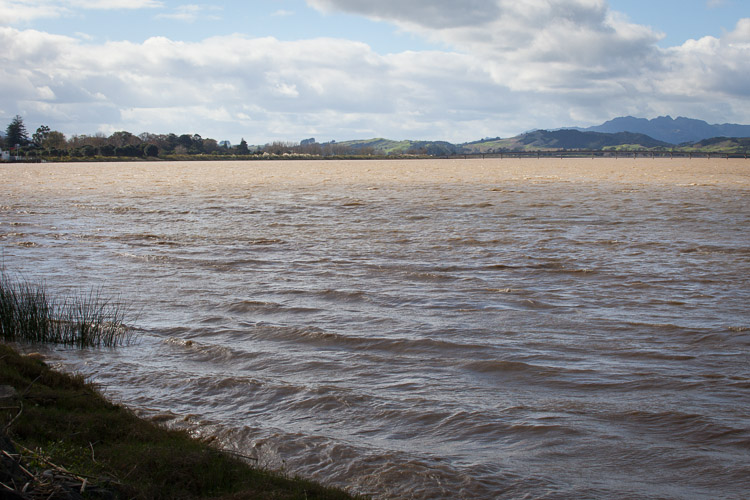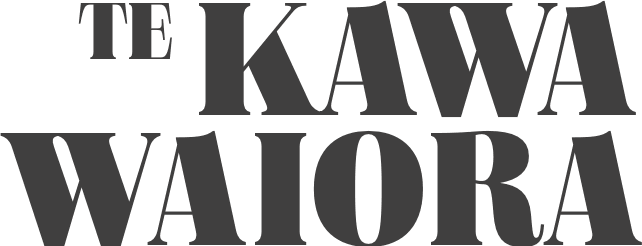

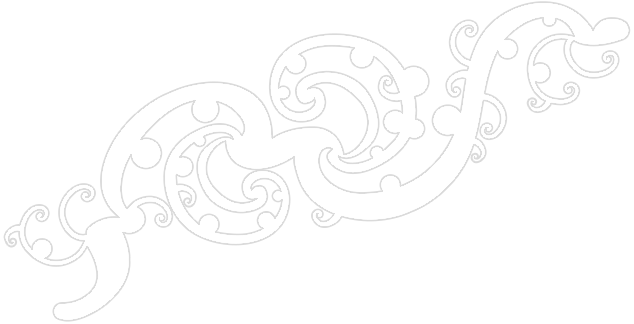
He Mihi
Takina he kawa, ko te kawa waiora
He kawa nui, he kawa roa
He kawa whai mana e ora ai te wai, te Ao, te tangata.
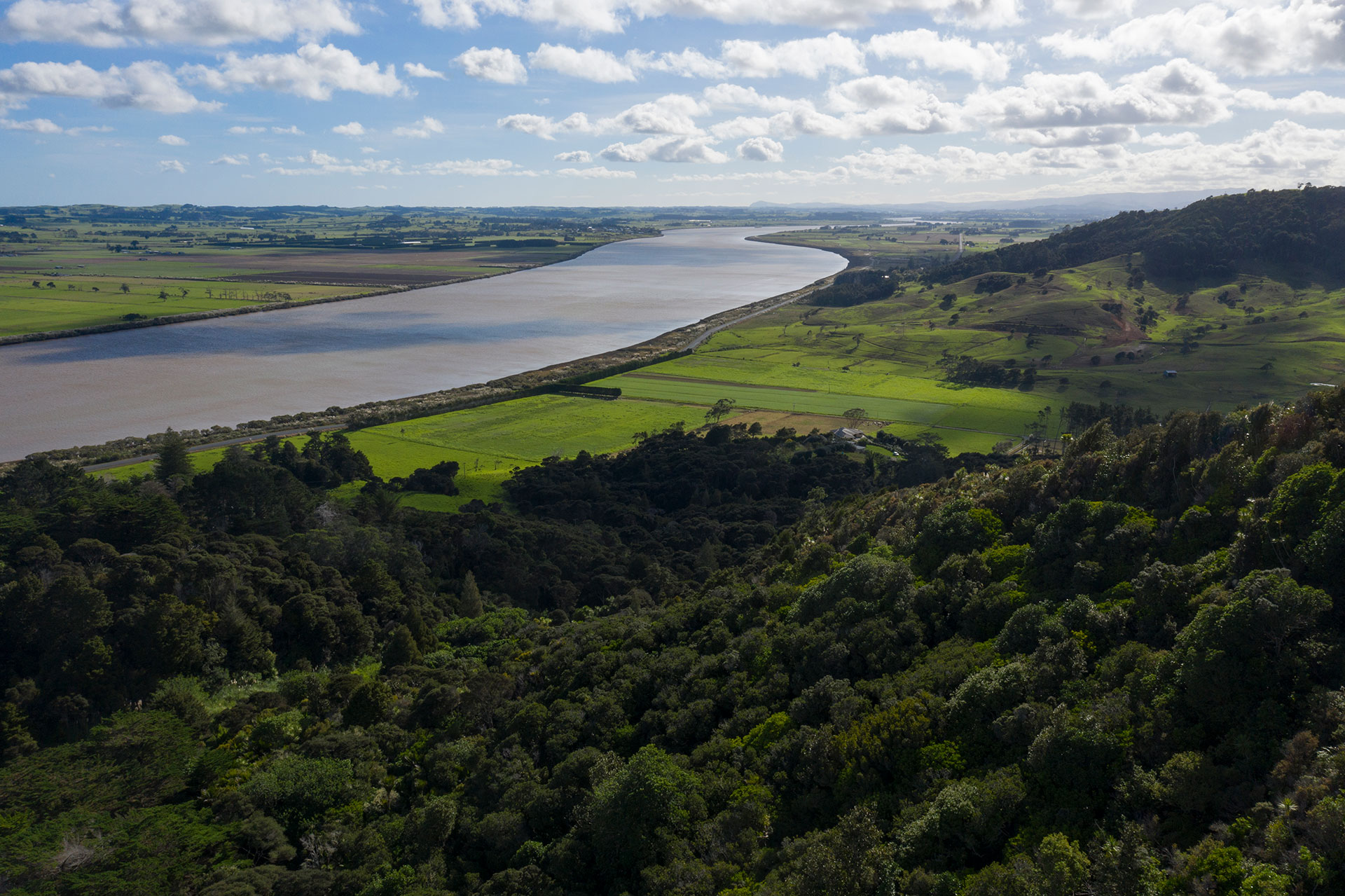
Te Kawa Waiora refers to a ritual or formal process whose outcome is waiora - or “healthy, living waters”
Te Kawa Waiora uses a modern interpretation of kawa, like the way the leadership of Whanganui and Ngāi Tūhoe use kawa to refer to a whole relationship, a way of being with the Whanganui River and the Urewera. It’s an arrangement - an agreement - imbued with mana and mauri as an expression of Kaitiakitanga.
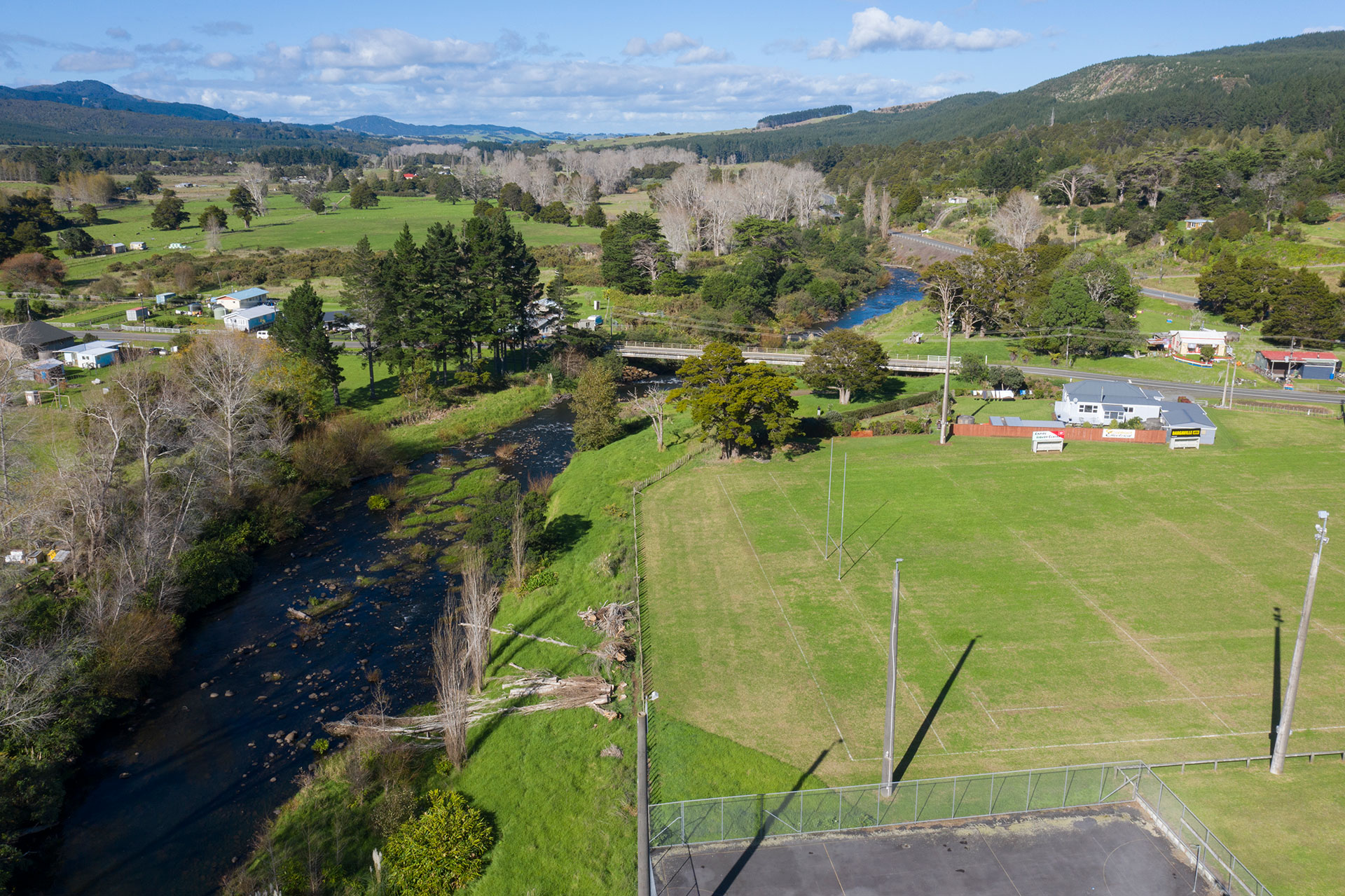
In the case of the hapū and marae communities of the Northern Wairoa, it’s a way of doing things that complements, but doesn’t wait for, the slow and fragmented work of the Crown.
This website presents the results of a research project run over two years, to understand the tangata whenua view of the Wairoa river, its surrounding lands and its history.
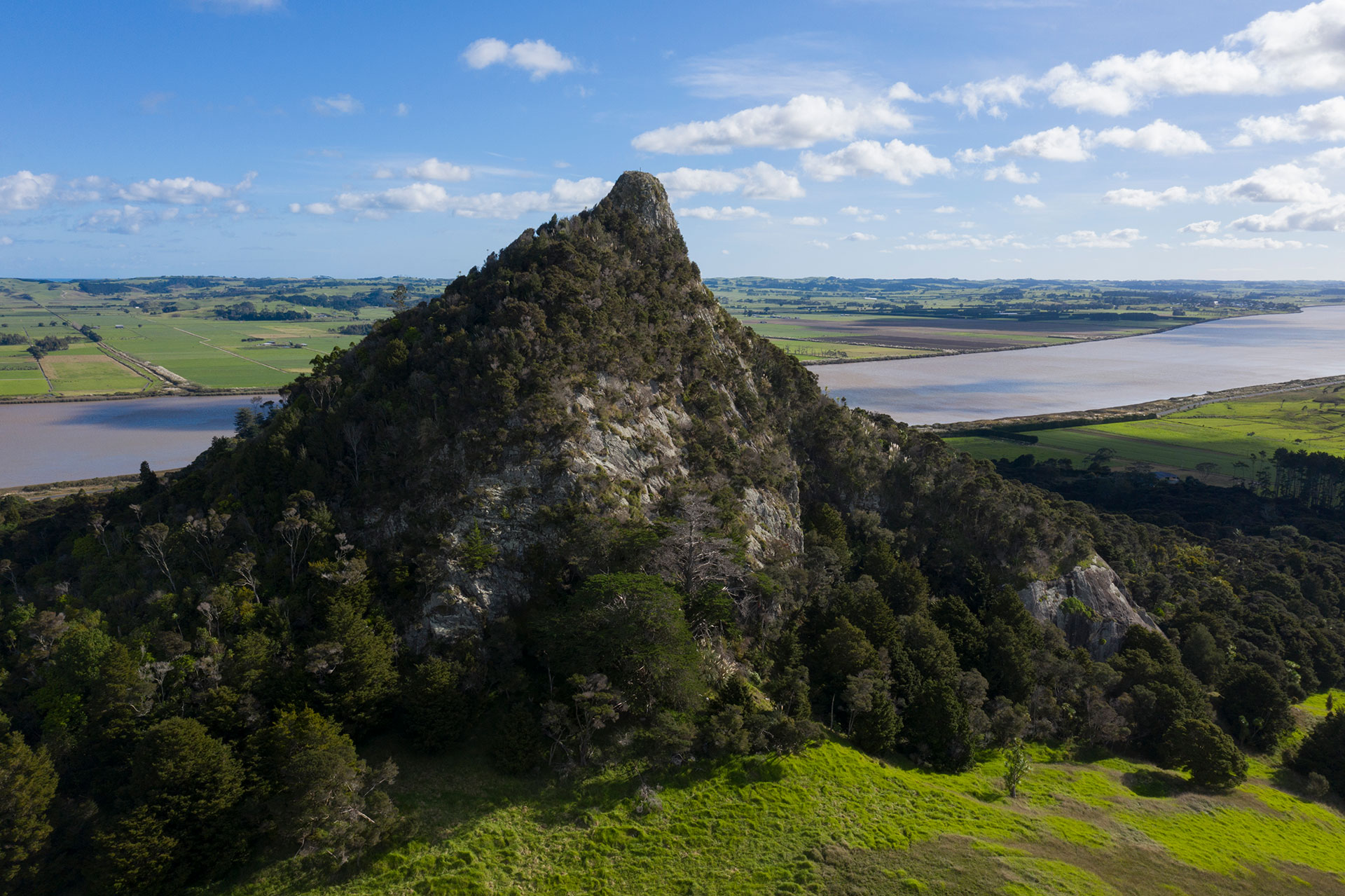
The project used mātauranga Māori - indigenous knowledge - in a quest to understand what was possible for a local, awa-focused kawa - a set of protocols for governance outside a system that is allowing things to get worse.
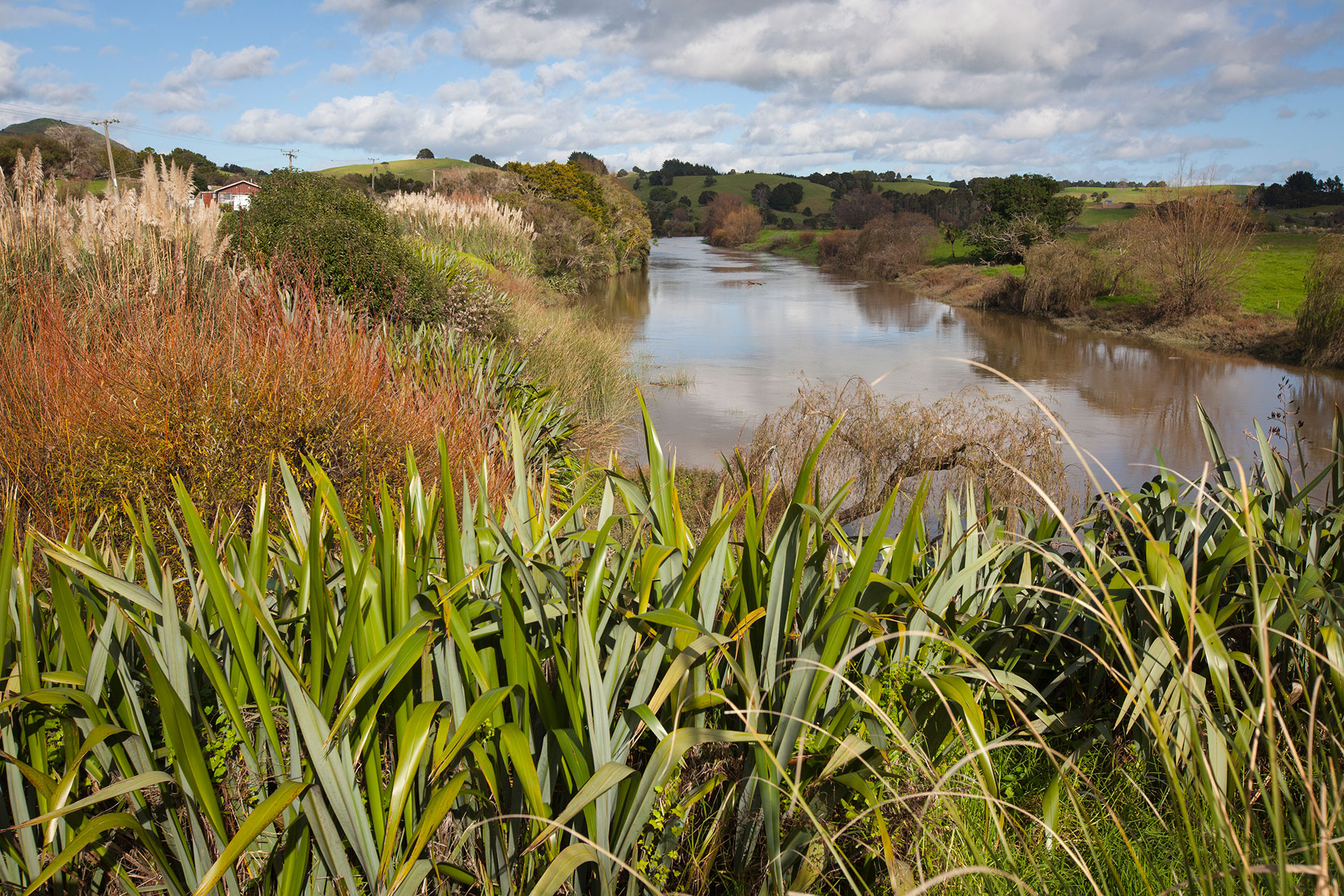
The research process relied on the testimony of hau kāinga to establish its conclusion that the degradation of the river and the cleaving of its people from their lands can only be worked back by those of whose identity is unified with the land and waters (tangata whenua) motivated by the ethics of deep care and love (Kaitiakitanga).
Te Kawa Waiora recognises that Crown efforts either in ecological or social restoration fall short - and hau kāinga acknowledge that it was in-part Crown efforts in economic growth and sovereign power that caused these problems in the first place.
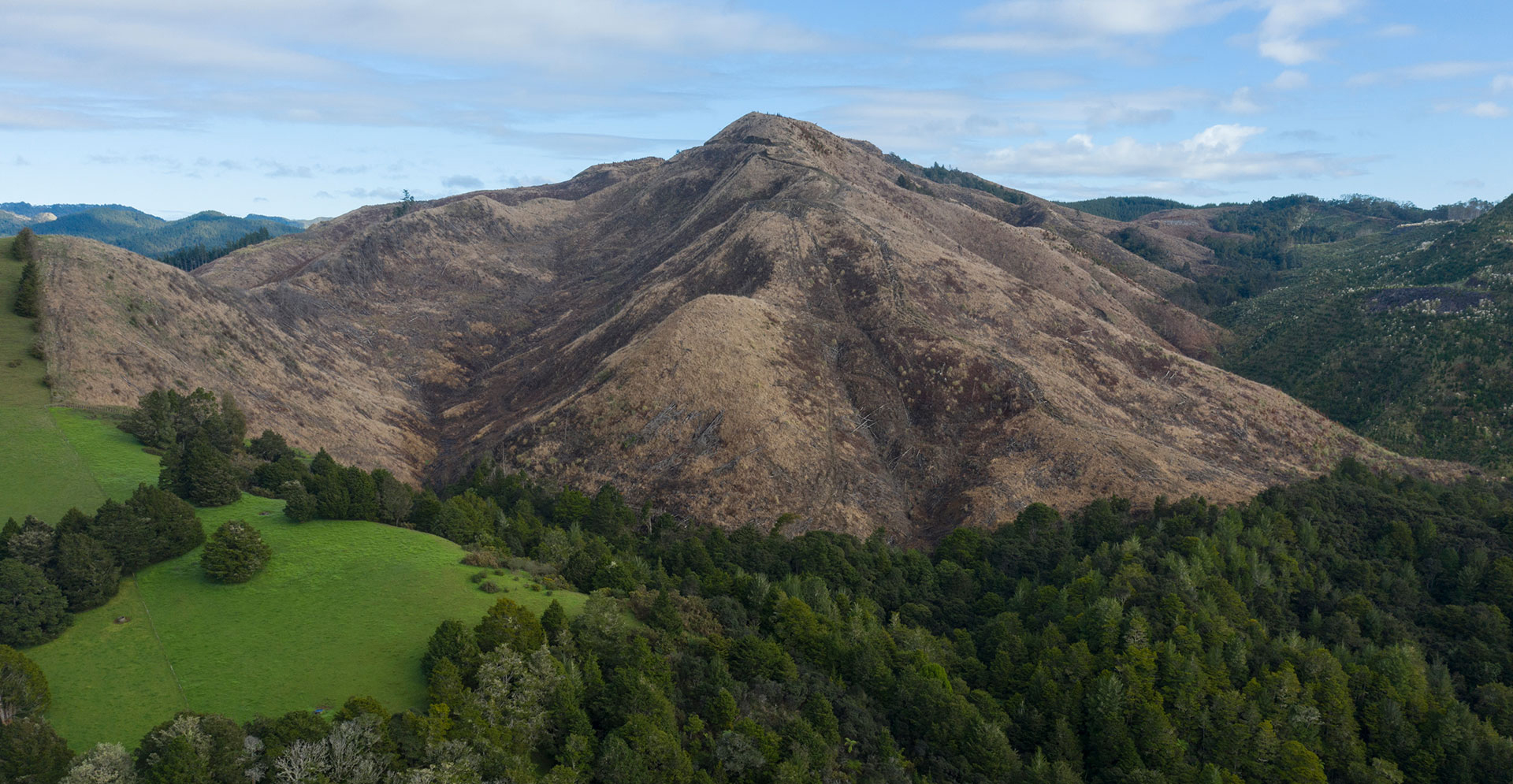
“It’s like a machine,
gobbling us up.”
According to the research report by Dr Te Ahukaramū Charles Royal, Te Kawa Waiora participants were skeptical about the “ability of Crown agencies…to truly address the urgent and disastrous situation facing the environment…”
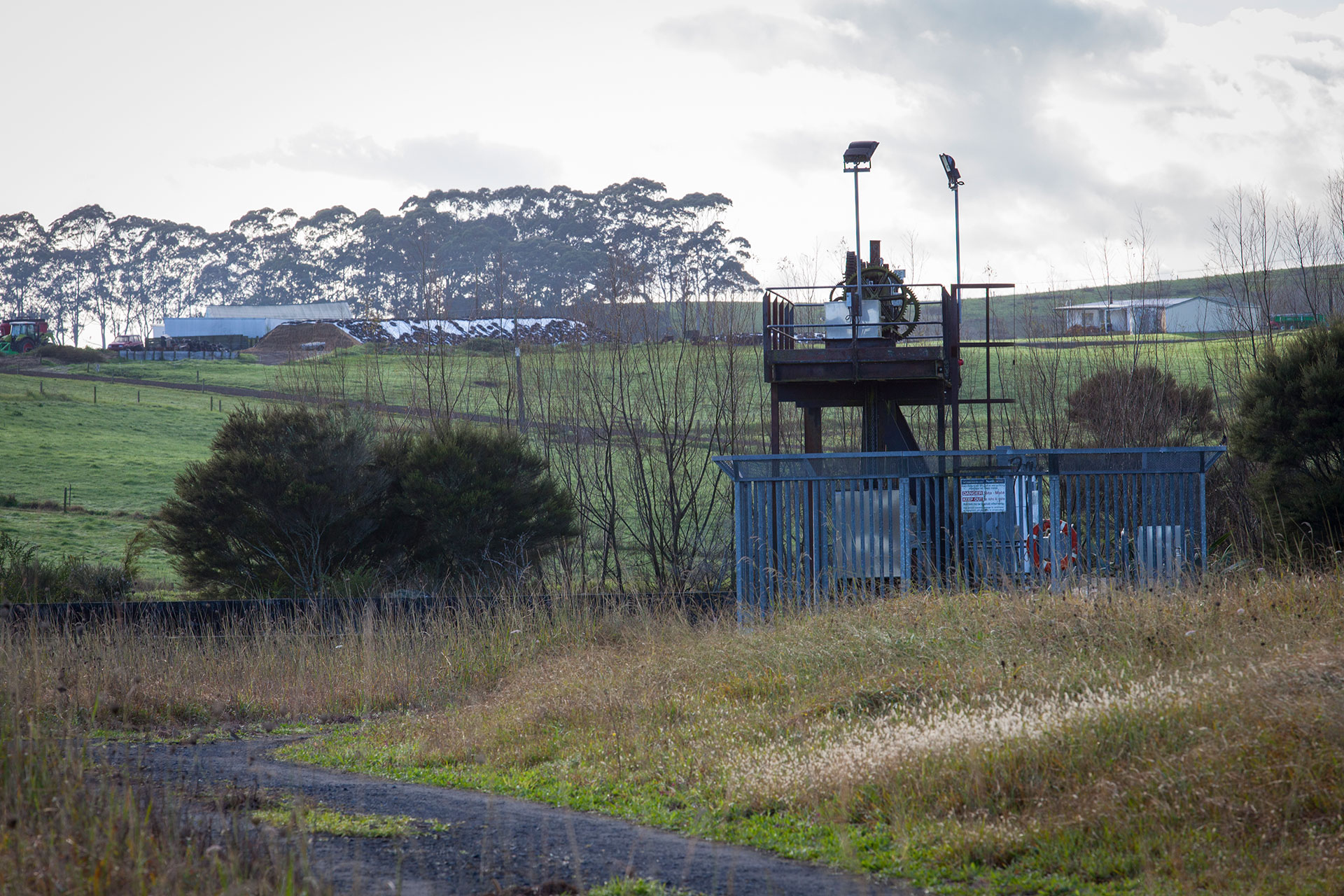
This is why the core result of this research is the suggestion that a resourced kaitiaki network envisioned and run by tangata whenua is the best way to ensure a fundamentally different future for the Wairoa.
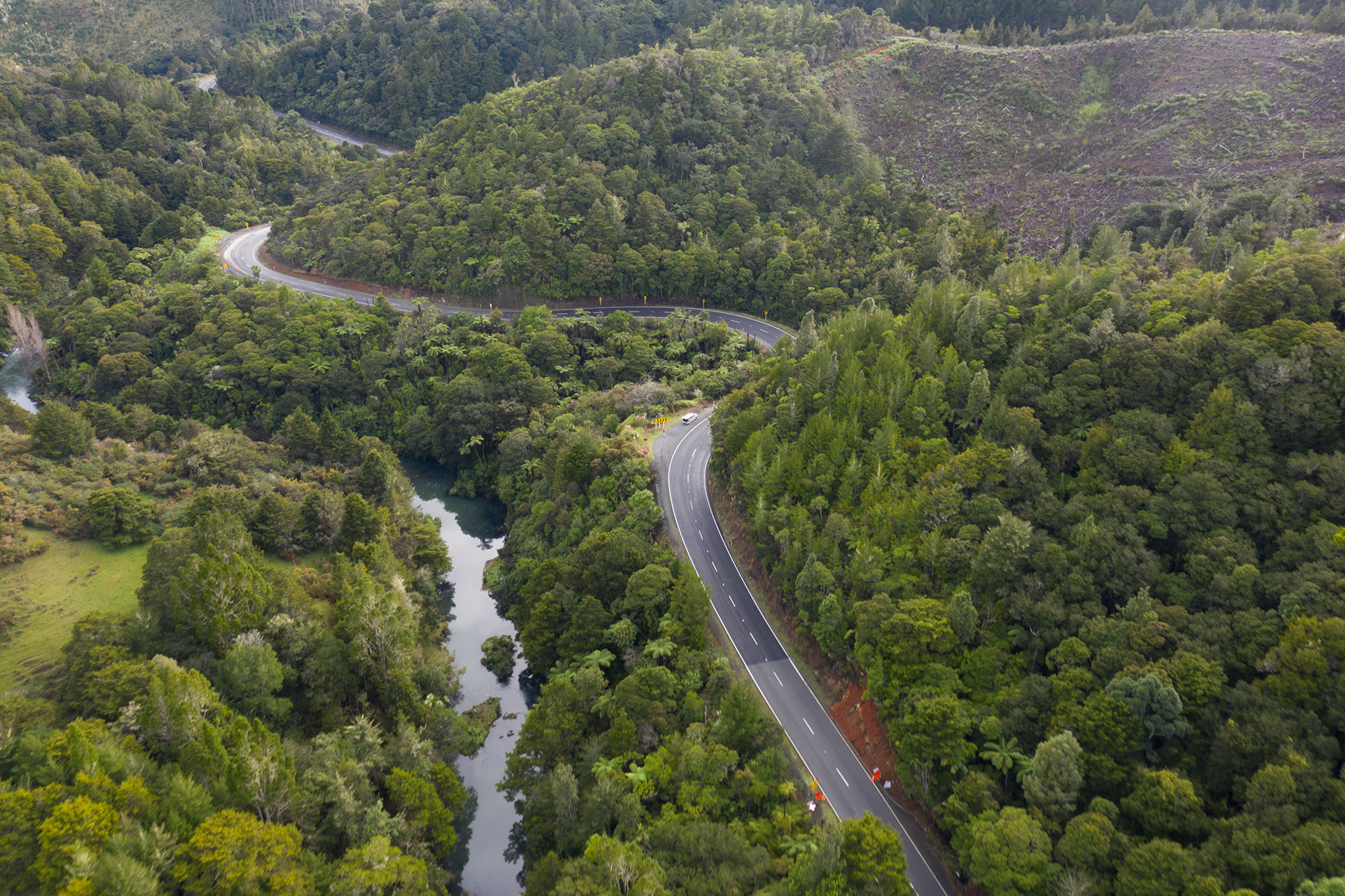
At the heart of the research was the critical idea of change. Change for the future could be a good thing, if the people of the Wairoa are heard. But changes of the distant and the not-so-distant past are considered with sadness and regret.

As well as archival, desktop and oral history research carried out by Robyn Kāmira and Hineāmaru Davies-Lyndon, this knowledge of the past was drawn out in hui wānanga held throughout 2020 and 2021.
This process was important for “recapturing kōrero that has been long forgotten.” The reasons for forgetting, some would say, are complex. But to hau kāinga, they are simple.
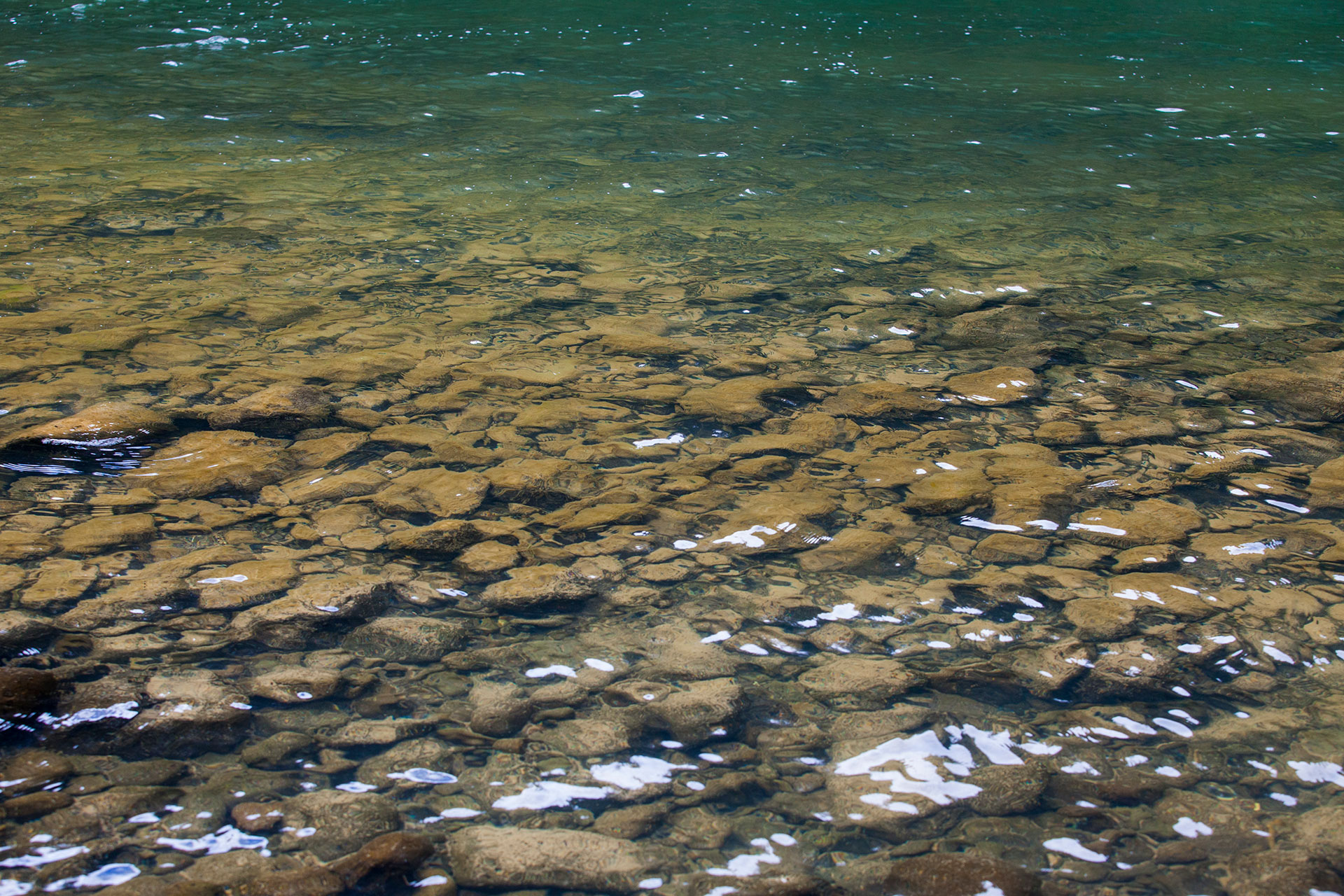
These are people who saw their wetlands drained of colour and life. Their forests cut away and sold off. Their sources of food annexed. They saw mauri diminish in this place that they more than love - that they are more than part of - that they are one-and-the-same as.
Te Kawa Waiora has told us yet again that a hegemonic system of Crown-led responses to these problems is not working. These problems have layered like sediment over generations, burying the way of being and doing that governed a people for millennia without interference.
But, it also tells us a new way forward is possible.
